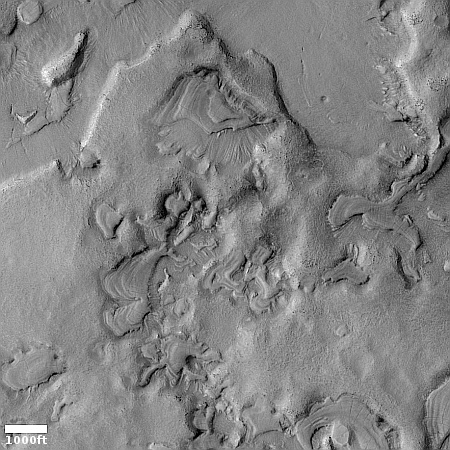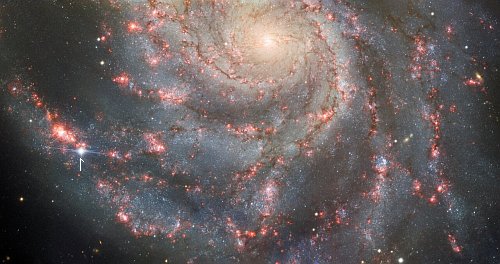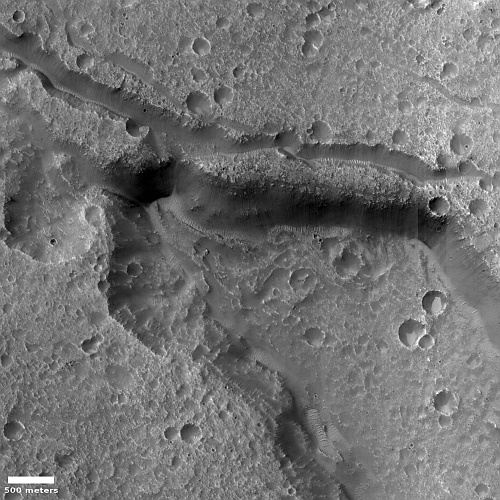Japan successfully launches XRISM X-ray space telescope and SLIM lunar lander

Map showing SLIM landing zone on the Moon.
Click for interactive map.
Japan today (September 7th in Japan) successfully used its H-2A rocket to place both the XRISM X-ray space telescope and SLIM lunar lander into orbit.
As of posting XRISM has been successfully deployed. SLIM has not, as it needs to wait until after a second burn of the rocket’s upper stage about 40 minutes later. The map to the right shows SLIM’s landing target on the Moon, where it will attempt a precision landing within a zone about 300 feet across.
This was Japan’s second launch this year, so it does not get included in the leader board for the 2023 launch race:
62 SpaceX
39 China
12 Russia
7 Rocket Lab
7 India
In the national rankings, American private enterprise still leads China in successful launches 71 to 39. It also still leads the entire world combined, 71 to 64, while SpaceX by itself now trails the rest of the world (excluding American companies) only 62 to 64.

Map showing SLIM landing zone on the Moon.
Click for interactive map.
Japan today (September 7th in Japan) successfully used its H-2A rocket to place both the XRISM X-ray space telescope and SLIM lunar lander into orbit.
As of posting XRISM has been successfully deployed. SLIM has not, as it needs to wait until after a second burn of the rocket’s upper stage about 40 minutes later. The map to the right shows SLIM’s landing target on the Moon, where it will attempt a precision landing within a zone about 300 feet across.
This was Japan’s second launch this year, so it does not get included in the leader board for the 2023 launch race:
62 SpaceX
39 China
12 Russia
7 Rocket Lab
7 India
In the national rankings, American private enterprise still leads China in successful launches 71 to 39. It also still leads the entire world combined, 71 to 64, while SpaceX by itself now trails the rest of the world (excluding American companies) only 62 to 64.























